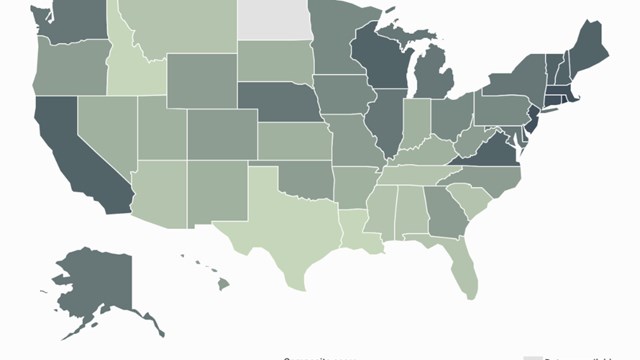Was your building constructed after March 31, 1991? If the building you own has more than four units and was built after 1991, the property should have been constructed according to the accessibility guidelines of the Fair Housing Act (FHA)
Discrimination Claims Settlement
The Wall Street Journal, in an article dated October 22, 2010, reported that The Avalon Chrystie Place, a luxury rental building located on the lower east side of Manhattan, recently settled with the U.S. Attorney’s Office for $2.2 million to cover discrimination claims made by persons with disabilities. In addition, there was a civil penalty of $90,000 and a $72,000 fund to replace refrigerators with models that are more wheelchair accessible. The settlement leaves multi-dwelling landlords very nervous since compliance with the FHA can cost millions of dollars.
Avalon Bay Communities and ten other developers are charged by the U.S. Attorney’s Office in a 2008 lawsuit for failing to abide by the 1991 FHA Guidelines. The 1991 guidelines require design and construction accessibility provisions for new multifamily dwellings developed for first occupancy on or after March 1991 in connection with prohibiting discrimination against the disabled.
Advocates for the handicapped say all rental apartments should be wheelchair-accessible even if people without disabilities live there. Otherwise, they warn, landlords will be reluctant to rent to the disabled because it would require costly upgrades.
Compliance with FHA Crucial
Landlords across the country are facing heavy costs in order to retrofit their buildings to come into compliance with the Act. Federal enforcement of the disability provision in the Fair Housing Act can potentially cost landlords an average of $2,500 per unit or more. The owners should be particularly vigilant about this area as there have been several cases of “ADA trolls” showing up at buildings and filing complaints for non-compliance. The presence of ADA regulators, coupled with enforcement of the FHA by the federal court, could make the situation even more prevalent and costly.
The cost intensive nature of having to retrograde a building to make it accessible for the disabled financially handicaps smaller landlords. Not only is the cost of retrofitting buildings to comply with the 1991 FHA amendments expensive but it is extremely time and resource intensive.
A thorough risk management assessment (RMA) can highlight both first and third party exposures such as these. Understanding what the company’s true financial exposures are from risks such as these can often be identified in a RMA coupled with a Total Cost of Risk (TCoR) study. Coverage for third party discrimination, demolition and increased cost of construction and fines and penalties coverage are extensions of insurance a landlord can mitigate some of the risks from these areas.
Michael Oliva, CPCU, ARM, is a senior associate at The ALS Group, a risk management and insurance advisor based in Edison, New Jersey.






Leave a Comment